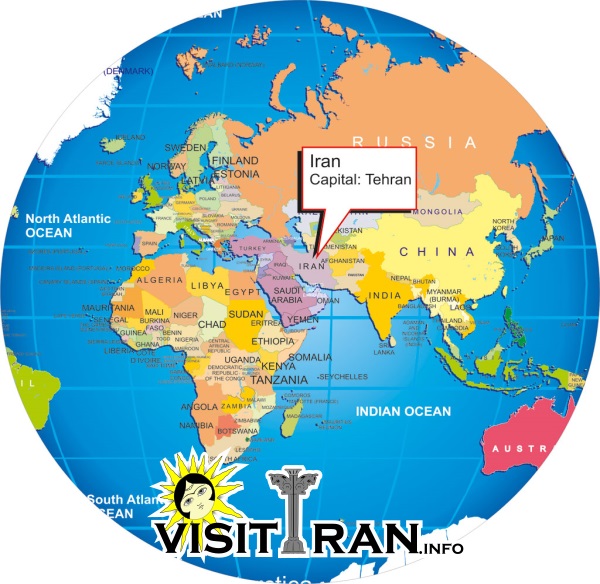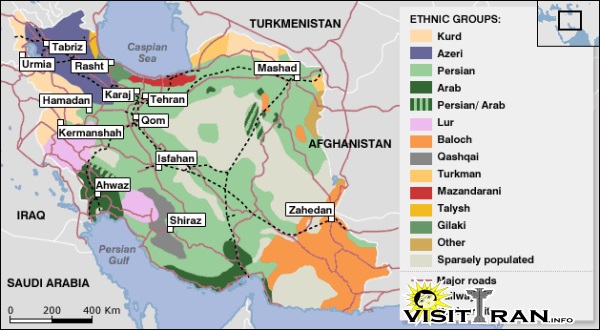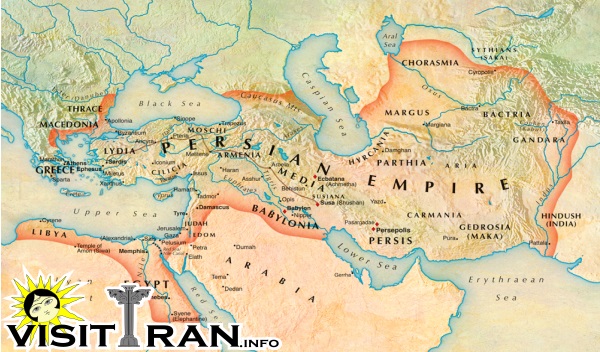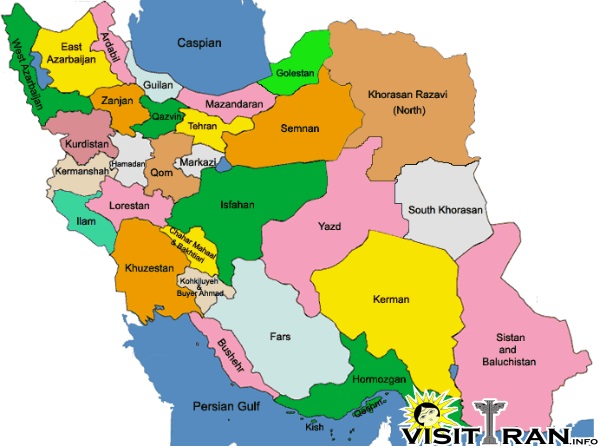General Info
Iran is a country located in the middle east, with a multi-ethnicity population of 80 million people as of 2014. The capital of Iran is Tehran which is locate in the northern part of the land and has a population of almost 8 million people. The name Iran means the land of Aryans and is traced back to Zoroastrianism’s Avesta. Historically, Iran has been referred to as Persia by the western world. As a result, nowadays Iran/Persia – Iranian/Persian and Farsi (Parsi)/Persian are used interchangeably.
Iran is arguably the oldest country in the world in terms of formation date. The urban settlements in ancient Persia can be traced back to 4,000 BC and it is estimated that the first Persian empire was established in 3,200 BC. Despite the many monarchs of the Persian Empire throughout the history, one stands out as the symbol of country to this day; Cyrus II of Persia or better known as Cyrus the Great, who ruled the Persian Empire from 559BC to 530BC. Under his reign, it is believed that the minorities were protected and despite being more than 2500 years ago, due to the high standards of human rights, his monarchy is considered as arguably the best the world has seen.
Interesting fact: in 539 BC Cyrus the Great conquered the city of Babylon but instead of enslaving the Babylonians, he freed all the slaves and declared racial equality and freedom to choose any desired religion. To ensure his policy lives on and is respected, he ordered a backed clay cylinder to be made and his decrees to be engraved on it. Today, the Cyrus Cylinder is the symbol of human rights all over the world and is considered to be the charter of human rights. The authentic Cylinder is now being kept in the British Museum of London, however a replica is being kept in the United Nations as a reminder of his futuristic and humanitarian reign.
Due to the considerable size of the country (18th largest in the world), it’s climate varies from north to south and from east to west. In general, the southern parts have hot desert climate and the northern parts more cold semi-arid climate. The winters’ climate in the northern part of the land goes below 0 Celsius degree but in the southern parts it is milder.
There are 31 provinces in Iran. Each city has its unique characteristics and attractions; Tehran is the largest city of the country and is known for its modernity and metropolitan lifestyle, Isfahan is best known for its historical tourist attractions and famous mosques, Shiraz is the favorite of literature fanatics and is considered the cradle of poetry, Mashhad is considered a holy city and is the most famous religious tourist attraction of Iran, Gilan is known for its mesmerizing nature and so on.
Up until the year 1979, Iran had a monarchy. But after the revolution of 1979, the governing system became Islamic Republic which is comprised of several intricately connected governing bodies. The highest authority in the Islamic Republic of Iran is the supreme leader who is responsible for the supervision of the general policies of the country. The second highest authority is the president who is elected via an election held every 4 years. To explaining the current political system of Iran in one sentence it can be said that it is comprised of theocracy and democracy elements.
Contrary to the popular belief, visiting Iran for the foreigners (as tourists) is not a risky or troubling trip. In the past 5 years, around 2.5 million foreigner tourists visited Iran annually, mostly from the Asian countries and around 10% from the EU and North America. For the Muslim tourists, the most visited cities were Qom and Mashhad. And for the non-Muslim tourists, the most visited cities were Isfahan and Shiraz. It should be noted that the shaky relationship between Iran and many western countries concerns the governments only and the people are welcomed to freely visit Iran. Explaining the reasons behind this shaky relationship require hours of writing (!) however to put it simply, before the Islamic revolution of Iran, the monarchy of Iran had close ties with the western world. Many considered the western world (mostly USA and UK), were taking advantage of the situation for their own financial interests (contracts that made the Iranian oil extremely cheap and underpriced for them). Furthermore, since the western world were against the revolution of Iran and had supported the “Shah” (former king of Iran) during the tense periods, after the revolution they were considered as enemies of the regime. This relationship became even more troubling due to the strong support of many western countries of Saddam Hussain during Iraq-Iran war which was imposed to Iran. All these with many more events resulted in the current situation.
The official religion of Iran is Shia Islam, however religion minorities such as Sunni Islam, Christianity, Judaism and Zoroastrianism are also officially recognized.








 D5 Creation
D5 Creation